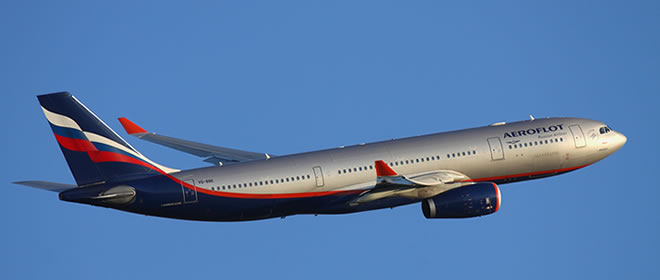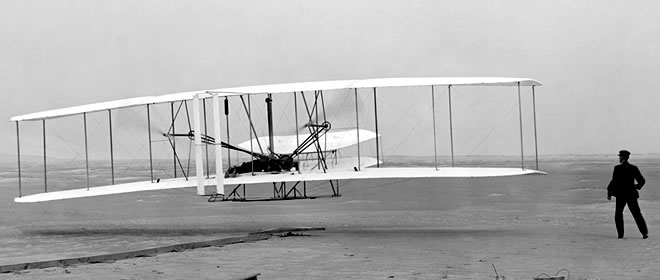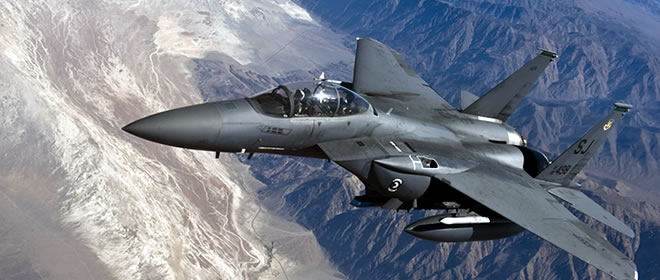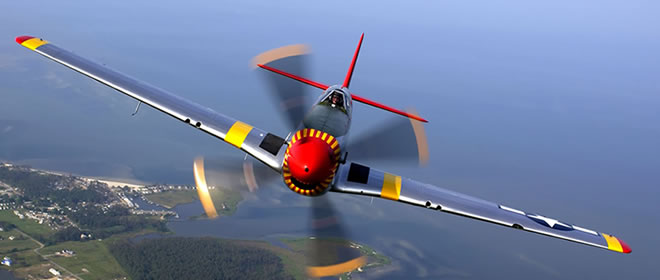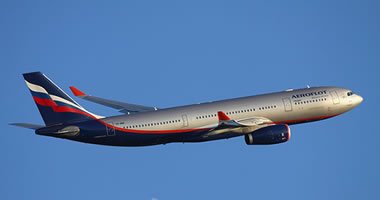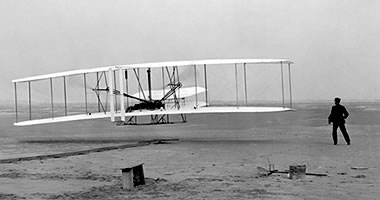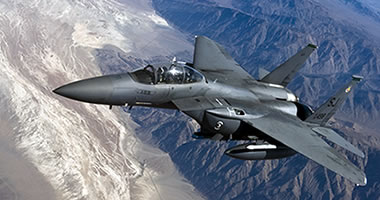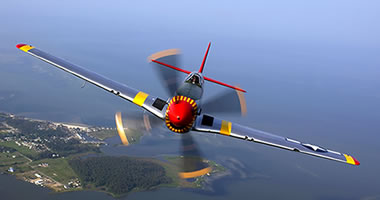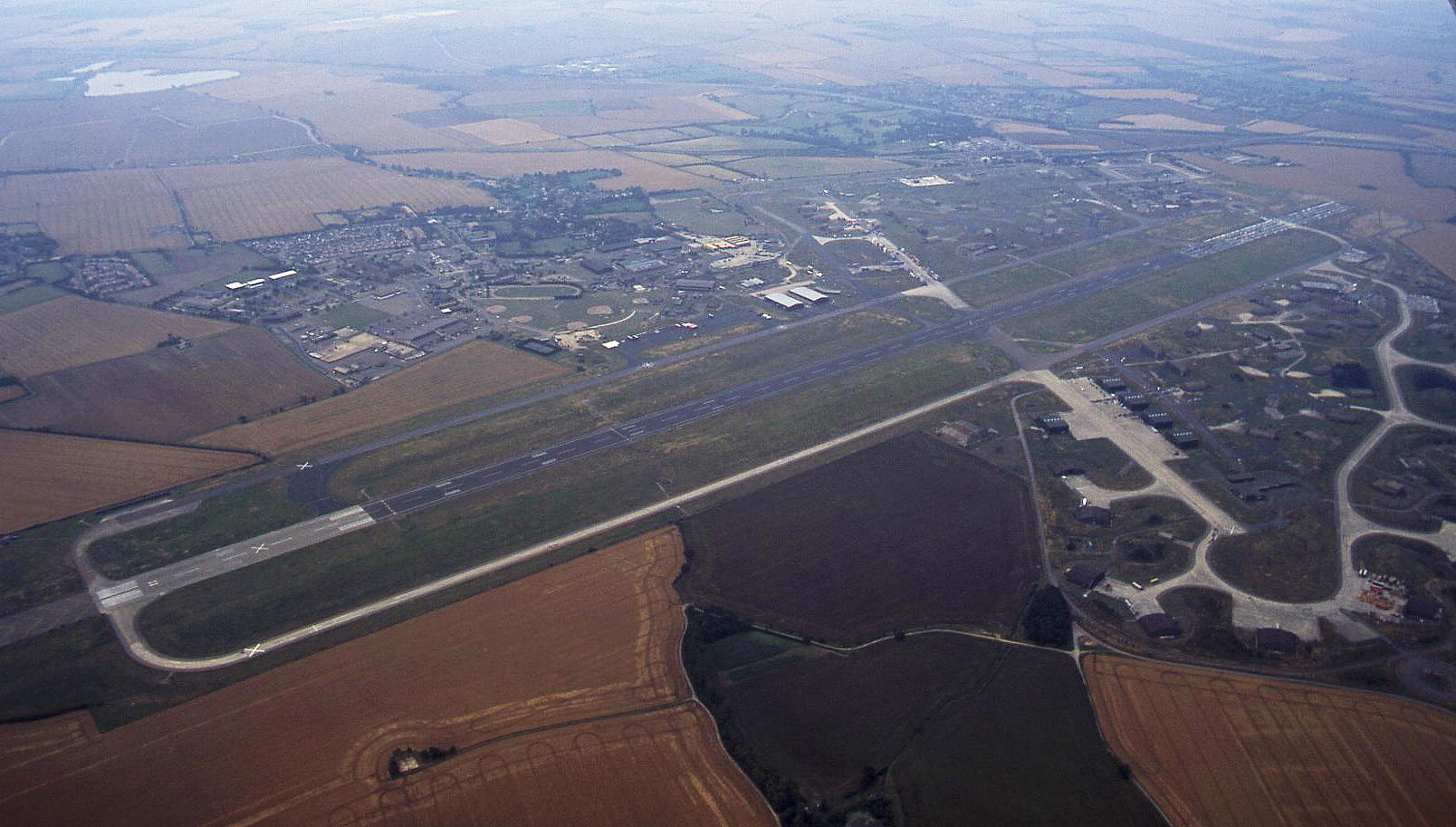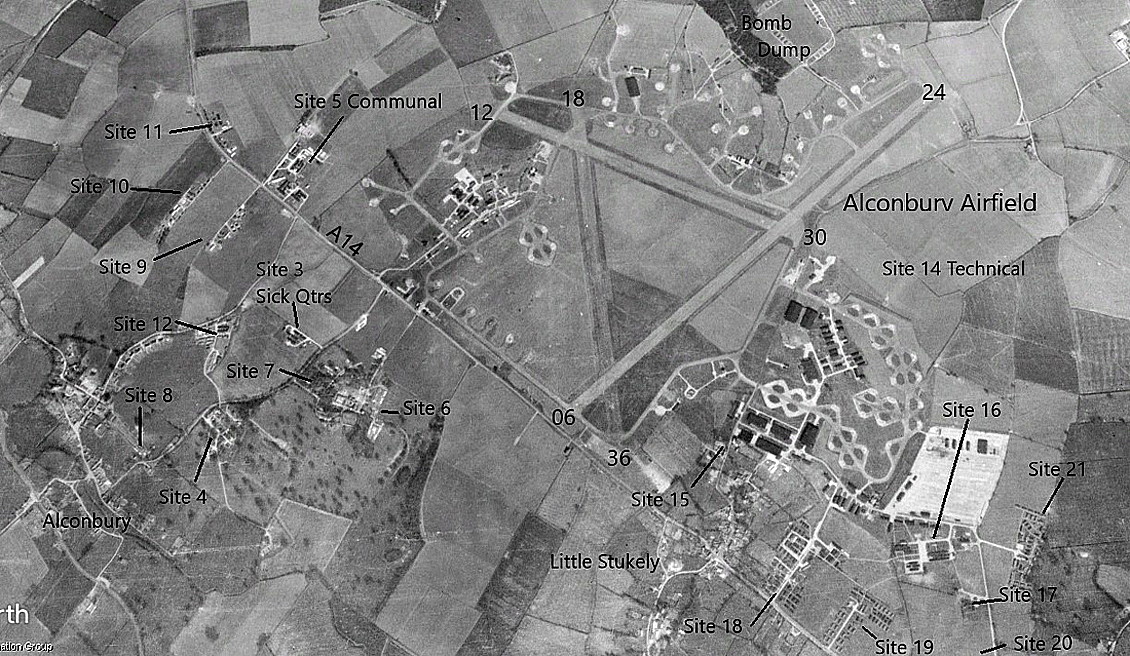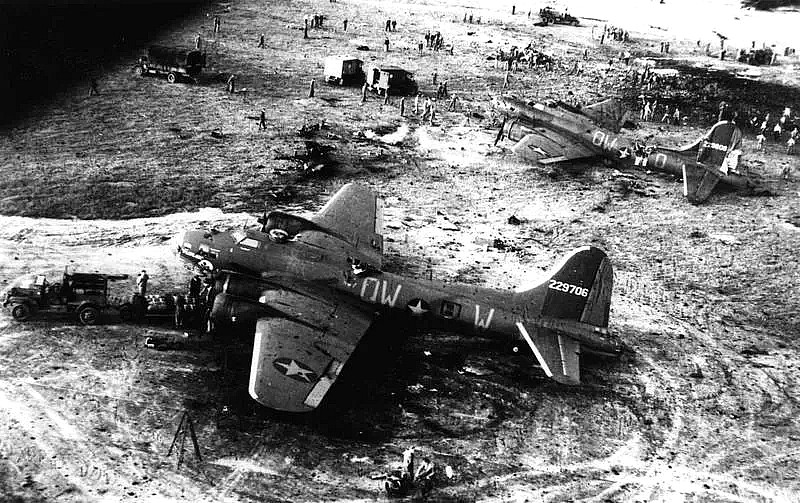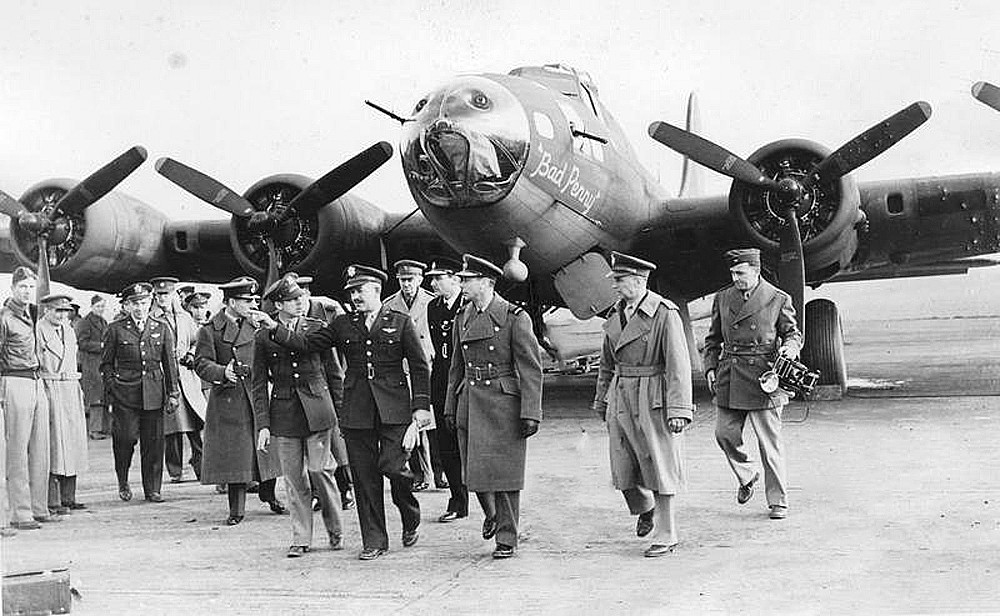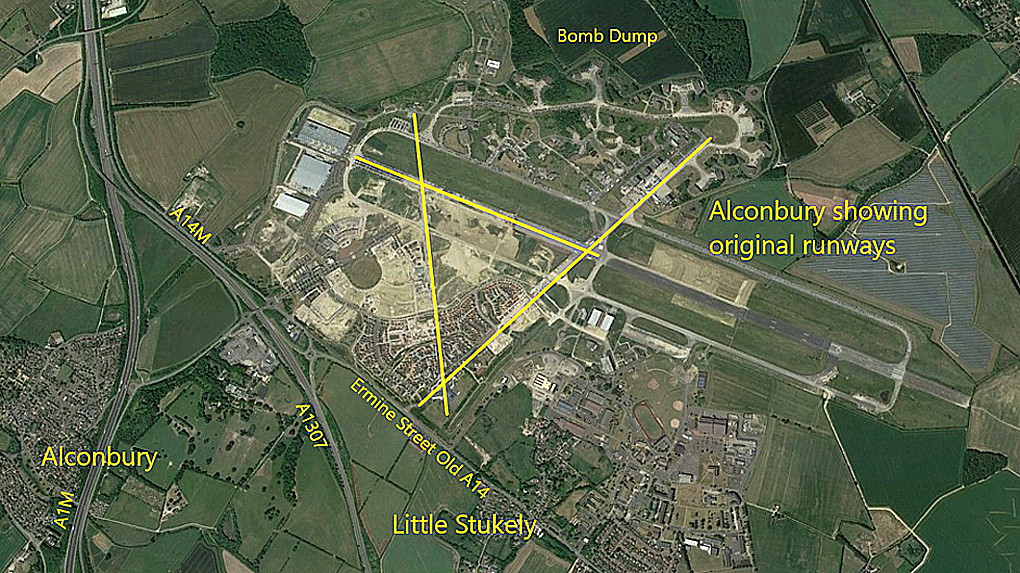Alconbury
ALCONBURY: Originally it seems just a LG (Landing Ground) used by UPWOOD based aircraft.
Later information states it was originally a Satellite for RAF WYTON in 1938.
Military aerodrome later major air base (also known as ABBOTS RIPTON)
Note: Pictures by the author.
Military users: WW2: RAF Bomber Command
15 Sqdn (Bristol Blenheims later Vickers Wellingtons)
156 Sqdn (Wellingtons)
8th USAAF 92nd , 93rd & 95th Bomb Groups
482nd Bomb Group (Pathfinders)
812, 813 & 814 Sqdns (Boeing B-17 Flying Fortresses & Consolidated B-24 Liberators)
Post 1945: USAF 53rd WRS 1st & 30th TRS
(Boeing B.29 Superfortress operated here)
17 RW Sqdn (Lockheed Martin U.2/TR-1As very high altitude spy aircraft)
509 & 511 Sqdns TFS (A.10A Thunderbolts) (F-5Es also)
1975: USAF (RF-4C Phantoms)
Location: N of B1043, 0.5nm E of A.1, 4nm NW of Huntingdon
Period of operation: 1938 to 1980s? (it seems it probably was used as a LG before 1938)
Runways: WW2: 18/36 1280x46 hard 06/24 1828x46 hard
12/30 1280x46 hard
1980s: 11/29 3000x46 hard
A MICHAEL T HOLDER GALLERY
We have Mike Holder, a great friend of this 'Guide', to thank for providing the following maps, pictures and text.
THE BOEING B-17 'FLYING' FORTRESS
The B-17F 42-5734, 'Seymour Angel' was converted into a YB-40 version. These were heavily armed gunships with a crew of ten intended to protect the main bomber fleets.
This was before long range fighters, such as the P-51 Mustang arrived, and the USAAF heavy bombers, the B-17 Flying Fortress and B-24 Liberators were suffering very heavy losses. Obviously a 'stop-gap' measure I do not know just how effective they proved to be? Trying to work out precise statistics is a minefield at best, so I do not know if these figures include medium bombers in the northern European Theatre. However, they do give some idea of the situation as the RAF Halifax and Lancaster could carry, roughly, twice the bomb load of the B-17 and B-24, and these figures seem to reflect this.
The RAF dropped 1,030,500 tons of bombs and lost 8,325 aircraft in action, whereas it appears the USAAF dropped 670,000 tons of bombs and lost 5,548 aircraft in action. However, the casualty rates show another story which I think is a very interesting comparison. It seems that the RAF had 55,573 airmen killed in the conflict, and the USAAF also had roughly 55,000 airmen lost over Europe. So, as a very broad picture, bomb for bomb dropped, it would appear that the USAAF lost twice as many aircrew compared to the RAF.
A COUPLE MORE ITEMS RELATED TO BOMBS
Bombing up aircraft in those days was a very hazardous business, for both the RAF and USAAF.
The Consolidated B-24 Liberator seen here was of the 93rd Bomb Group. The heavily damaged B-17F (top right) was pictured on the 28th May 1943. Looks to me that the explosion broke its back, but even so I suspect knowing the expertise of USAAF ground crew, probably repaired?
Have to admit that I have not been a political animal for most of my life, and had no interest whatsover in the Royal family. But, in compiling the 'Guide', have had to learn a little about the latter. Looking at this picture, taken on the 13th November 1942, I do wonder about what King George VI may have had in the back of his mind? When he was born in 1895 his family was essentially of German extraction, their 'surname' being Saxe-Coburg-Gotha. So, he would have been about 22 years of age when, due to WW1, by proclamation of King George V, they became The House of Windsor. Quite old enough to appreciate the long family connections with Germany.
Note: King George VI is seen below the nose of the B-17 'Bad Penny'. Clock those lapels!
The local area view is from my Google Earth © derived database.
EXCERPTS FROM ACTION STATIONS REVISITED by Michael J F Bowyer
NOTES: The 1980s runway length is chosen at random and derived from Google Earth. It would appear that 3000 metres is the absolute maximum length but I have no idea if this was ever the total length actually marked out? As a rule of thumb generally a third of the way along the length of a runway is reckoned to be a safe option to actually touch down and land, and this goes for jet airliners too.
We'd love to hear from you, so please scroll down to leave a comment!
Leave a comment ...
Copyright (c) UK Airfield Guide
